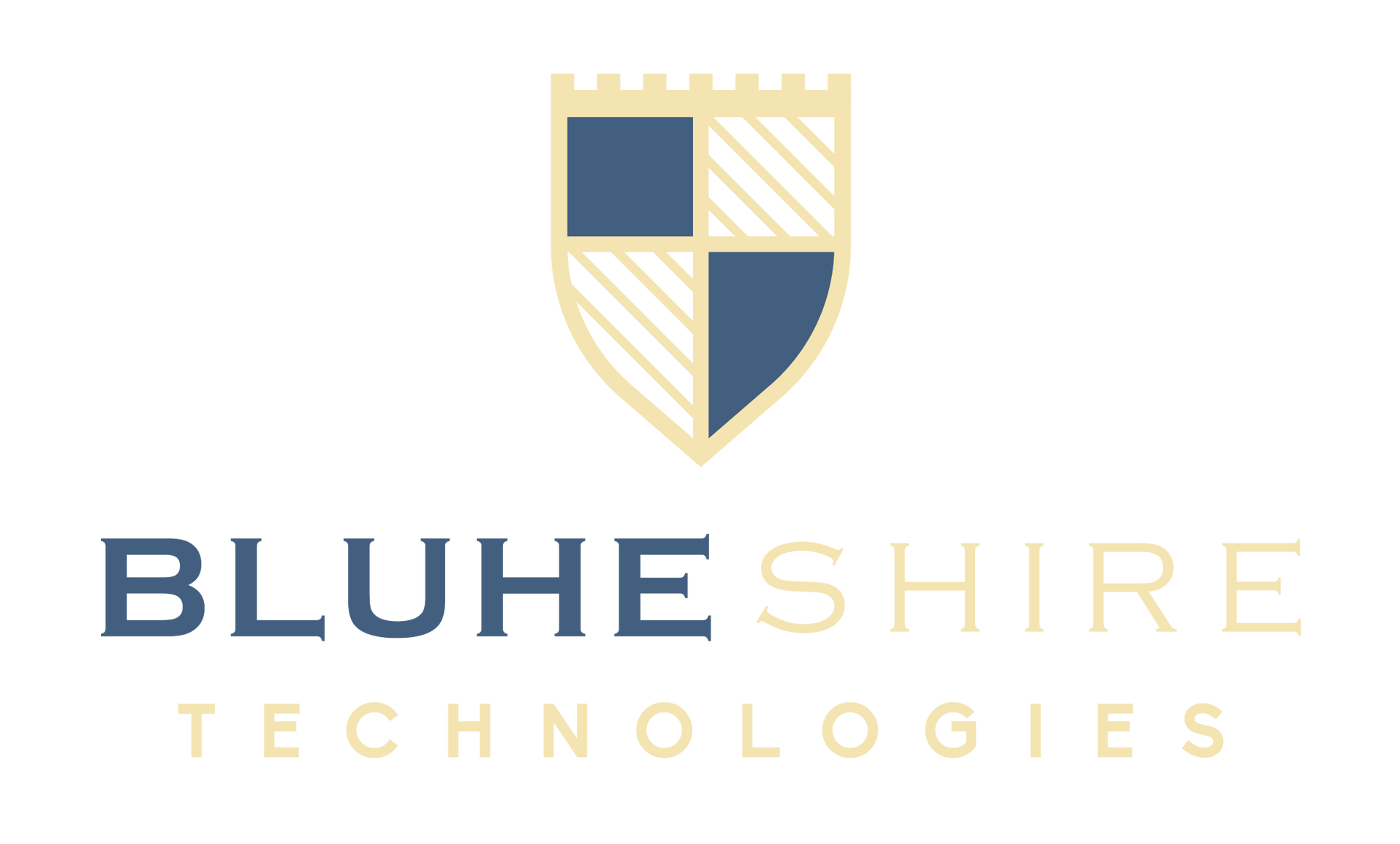Regulatory Considerations
Navigating Compliance in Asset Tokenization
In the rapidly evolving landscape of asset tokenization, regulatory considerations stand as a cornerstone, shaping the framework, operations, and integrity of tokenized assets. As assets are transformed into digital tokens and traded on blockchain platforms, adherence to regulatory standards, securities laws, and compliance protocols becomes paramount. By navigating the complex regulatory landscape, asset tokenization can unlock its transformative potential, fostering transparency, trust, and legitimacy in the global financial ecosystem.
The Regulatory Landscape of Asset Tokenization:
Asset tokenization operates within the regulatory frameworks governing traditional asset classes, such as securities, commodities, real estate, or intellectual property. Regulatory authorities worldwide, including securities commissions, financial regulatory bodies, and governmental agencies, oversee and regulate the issuance, trading, and management of tokenized assets to ensure market integrity, investor protection, and compliance with applicable laws and regulations.
- Securities Laws and Regulations: Tokenized assets representing ownership interests in companies, funds, or investment vehicles may be classified as securities and subject to securities laws and regulations. Regulatory compliance entails proper registration, disclosure requirements, investor accreditation, and adherence to securities offering rules, ensuring transparency, fairness, and compliance with regulatory standards.
- Anti-Money Laundering (AML) and Know Your Customer (KYC) Regulations: Compliance with AML and KYC regulations is crucial in mitigating risks of illicit activities, fraud, and financial crimes in asset tokenization. Market participants, including token issuers, exchanges, and service providers, must implement robust AML and KYC protocols, conduct due diligence, verify customer identities, and monitor transactions to detect and prevent suspicious activities, safeguarding the integrity and reputation of tokenized asset markets.
Compliance Protocols and Best Practices:
Navigating regulatory considerations in asset tokenization necessitates the implementation of comprehensive compliance protocols, governance structures, and best practices:
- Regulatory Due Diligence: Conducting thorough regulatory due diligence and legal analysis is essential to assess the classification, compliance requirements, and regulatory implications of tokenized assets. Engaging with legal experts, regulatory advisors, and compliance professionals facilitates the development of informed strategies, compliance frameworks, and risk mitigation measures tailored to specific asset classes and jurisdictions.
- Transparency and Disclosure: Maintaining transparency and providing accurate, timely, and comprehensive disclosures to investors and regulatory authorities fosters trust, facilitates informed decision-making, and demonstrates commitment to regulatory compliance. Issuers of tokenized assets should disclose relevant information, risk factors, and regulatory considerations, enabling stakeholders to assess risks, understand rights, and navigate compliance requirements effectively.
- Collaboration and Engagement with Regulatory Authorities: Establishing open communication, collaboration, and engagement with regulatory authorities and governmental agencies fosters dialogue, facilitates regulatory oversight, and promotes constructive relationships. Proactive engagement, regulatory dialogue, and adherence to regulatory guidance contribute to a conducive regulatory environment, clarity in regulatory interpretation, and alignment with evolving regulatory expectations and standards.
Conclusion:
Regulatory considerations are integral to the development, adoption, and sustainability of asset tokenization, shaping the regulatory landscape, market dynamics, and stakeholder interactions in the digital asset ecosystem. By embracing regulatory compliance, adhering to securities laws, and implementing robust AML and KYC protocols, asset tokenization can unlock its transformative potential, foster market integrity, and contribute to the evolution of a transparent, secure, and compliant global financial marketplace. Embracing regulatory considerations in asset tokenization heralds a future where innovation, compliance, and governance harmoniously coexist, empowering participants, safeguarding interests, and shaping the next chapter of the digital asset revolution in the financial industry.


